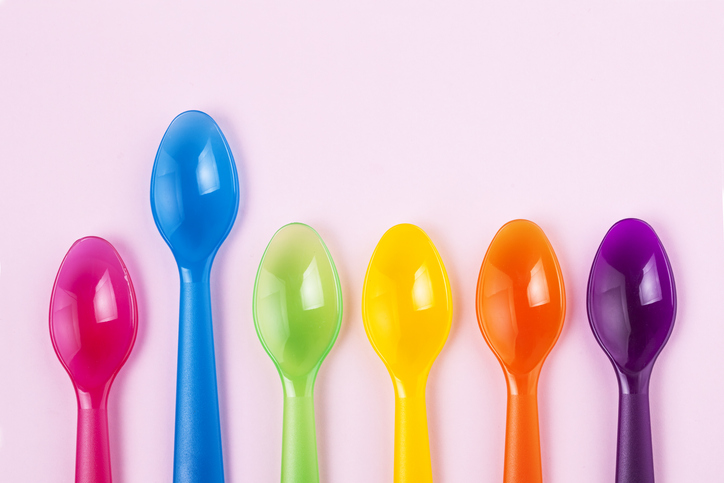Living with Chronic Pain
What Is the Spoon Theory?

Dealing with chronic pain is difficult both physically and mentally. Chronic pain conditions are invisible illnesses; unfortunately, others may wonder if an individual’s pain is legitimate or disbelieve that chronic pain is present simply because it isn’t outwardly apparent. Daily activities that others take for granted, such as getting out of bed, showering, getting dressed or preparing a meal, can be challenging for an individual with a chronic pain condition.
One way to explain how chronic pain affects daily life is to use “the spoon theory.” The spoon theory uses spoons as a metaphor for energy. One spoon represents the energy it takes to complete a task with a chronic health condition. The spoon theory helps people with chronic health conditions explain to others how much energy is used doing certain activities. For example, every person has a limited number of spoons in their personal supply of energy for the day. Different activities diminish the supply of spoons as the day progresses.
How was the spoon theory created?
Christine Miserandino struggled to effectively communicate her experience of daily lupus-related chronic pain. While at a café with a friend in 2003, Miserandino used spoons she gathered from other tables as a metaphor to describe her daily struggle to her friend. She began by giving her friend 12 spoons. Miserandino then asked her friend to describe each activity she did that day. Each time her friend mentioned an activity that would take a toll on Miserandino, a spoon was taken back. As the spoons dwindled, Miserandino’s friend was able to see how daily routine activities that most people take for granted can be extremely difficult for individuals with chronic health conditions.
Why do individuals use the spoon theory?
The spoon theory soon became a lifestyle guide for individuals with invisible illnesses. These individuals are often referred to as “spoonies.” The spoon theory not only helps explain the energy it takes to do certain activities to others, but it also helps individuals with chronic pain manage their daily activities to ensure their energy levels are maintained throughout the day. Strategically using the spoon theory helps individuals with chronic pain better manage their pain. The spoon theory can also help manage several chronic health conditions including, but not limited to, the following:
- Lupus
- Complex regional pain syndrome (CRPS)
- Multiple sclerosis (MS)
- Fibromyalgia
- Arthritis
- Depression
- Anxiety
- Post-traumatic stress disorder (PTSD)
- Endometriosis
- Autism
- Leukemia
How is the spoon theory used?
Although Miserandino used 12 spoons, the daily allotted number of spoons can be individualized. This is a personal decision, and the number used by each individual may be more or less than 12 spoons. Although extra spoons can be used in one day, they should then be removed from the next day’s total. However, if all spoons are not used in a given day, they should not be carried forward.
The number of spoons used for each activity also varies from person to person. Some individuals may require one spoon for a certain activity; whereas, others may require three spoons for the same activity. The following is an example of how spoons may be used throughout the day:
- Getting out of bed (1 spoon)
- Taking a shower (1 spoon)
- Getting dressed (1 spoon)
- Cooking breakfast (2 spoons)
- Traveling to and from work or school (3 spoons)
- Completing tasks at work or at school (3 spoons)
This is simply an example. Each individual should choose their own number of spoons required for specific activities.
In general, activities that do not require a spoon include ordering take out, watching television, surfing the net, talking on the phone and reading a book. However, in some cases, spoons are needed for these activities. This is a personal decision, as the degree of difficulty varies from person to person.
Suggestions for individuals (spoonies) with chronic pain
- Use stools for tasks that typically require standing, such as showering, cooking or cleaning.
- Use slow cookers to prepare evening meals.
- Use low-pain or quiet days to “batch cook.” Cooking and freezing a large quantity of food on low-pain days is good preparation for days when pain levels are increased.
- Order fixed shipments on regularly consumed items to avoid unneeded trips to the store.
- Plan a day of rest once per week.
- Say “no” when needed.
- Keep food close to the bedside for days when energy levels are extremely low.
More information about Christine Miserandino’s book “The Spoon Theory” is available at https://butyoudontlooksick.com/articles/written-by-christine/the-spoon-theory/.

















